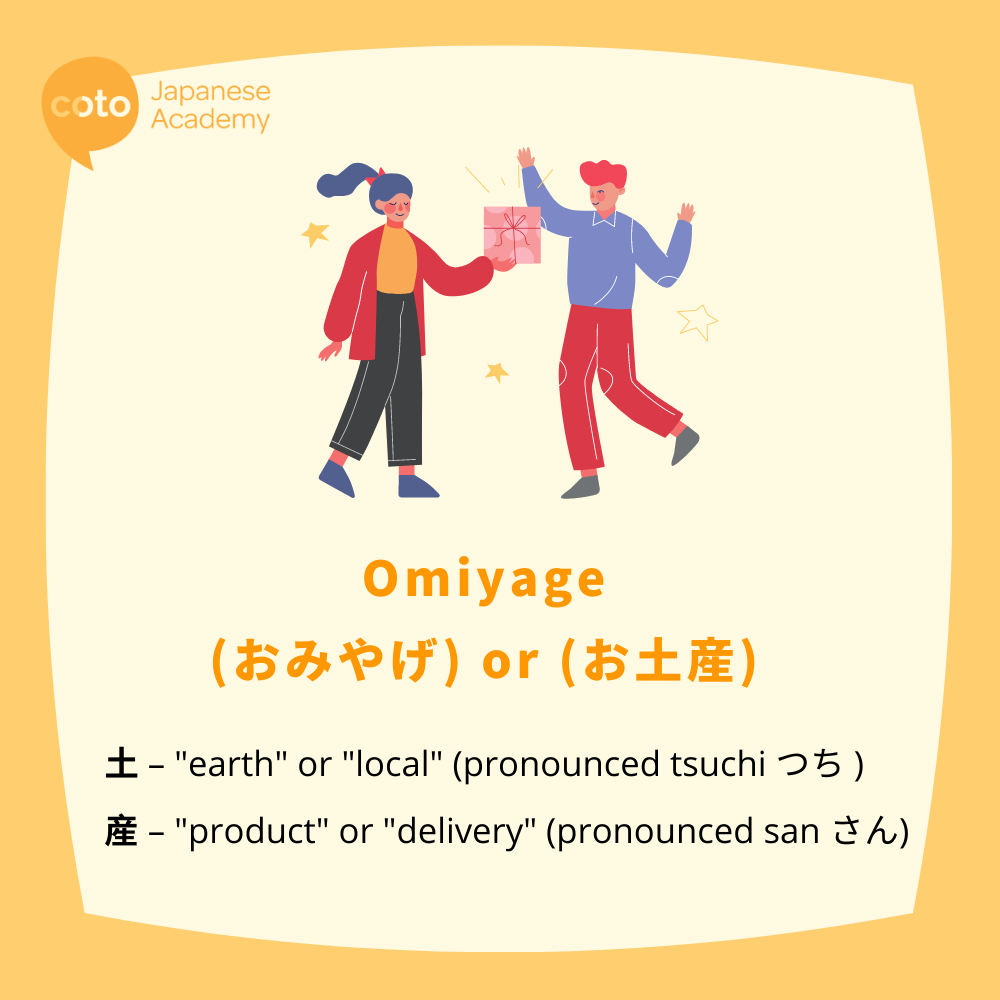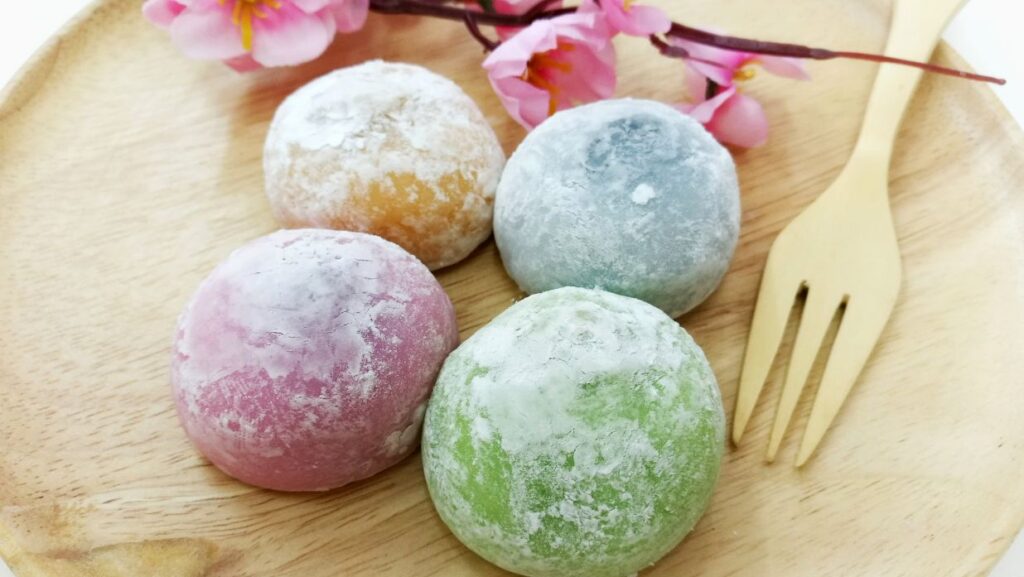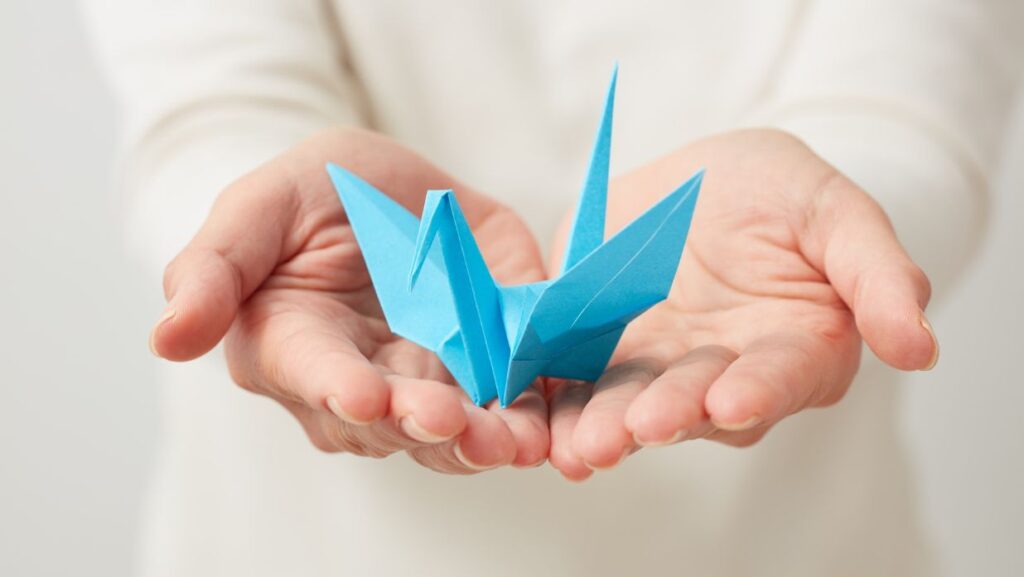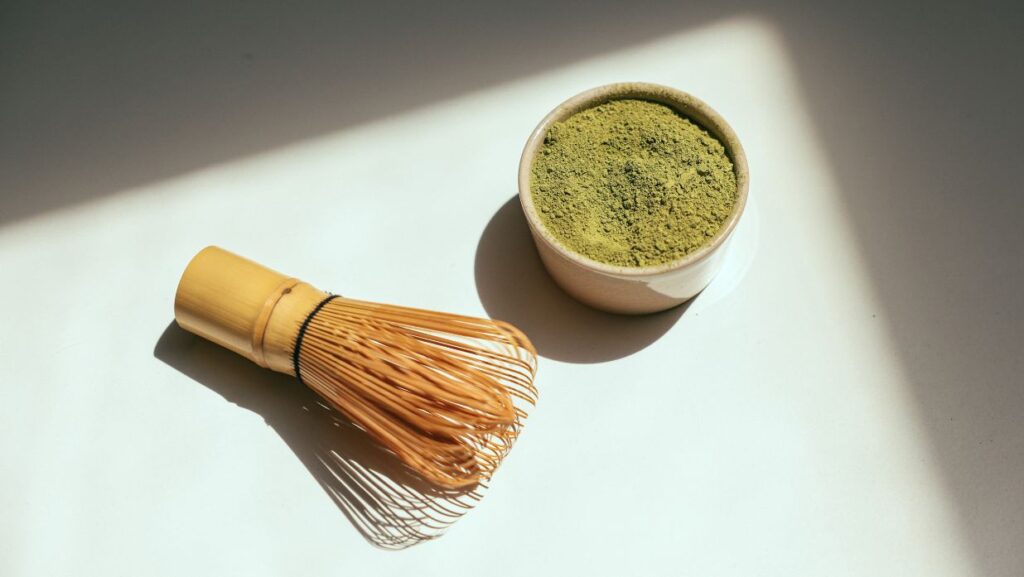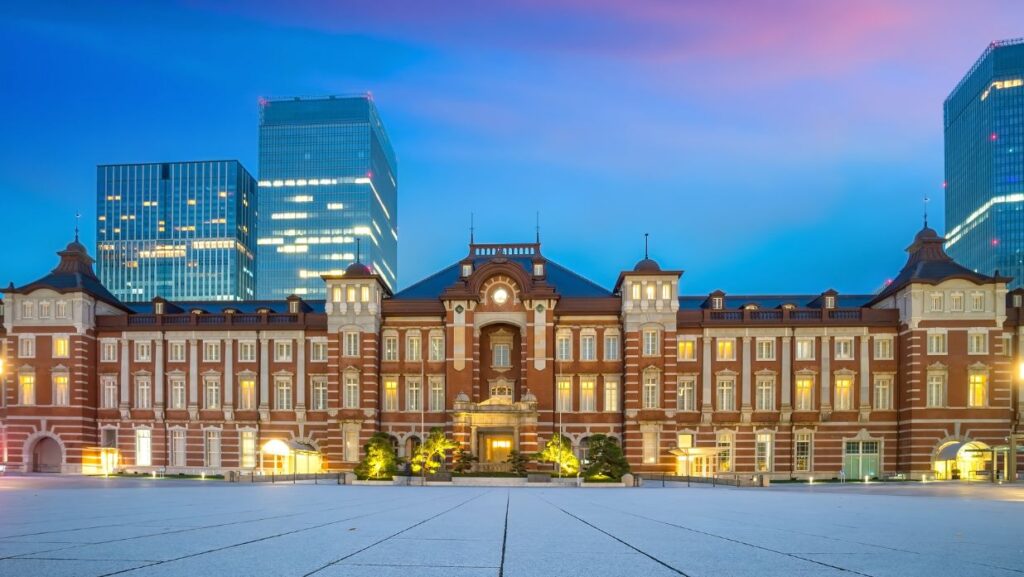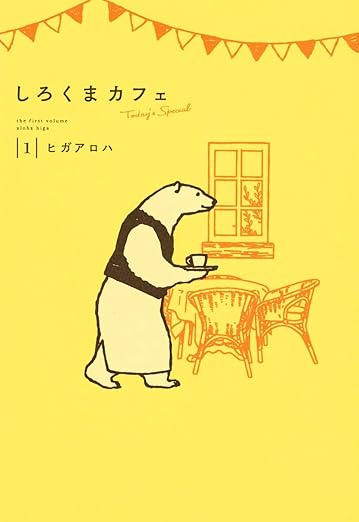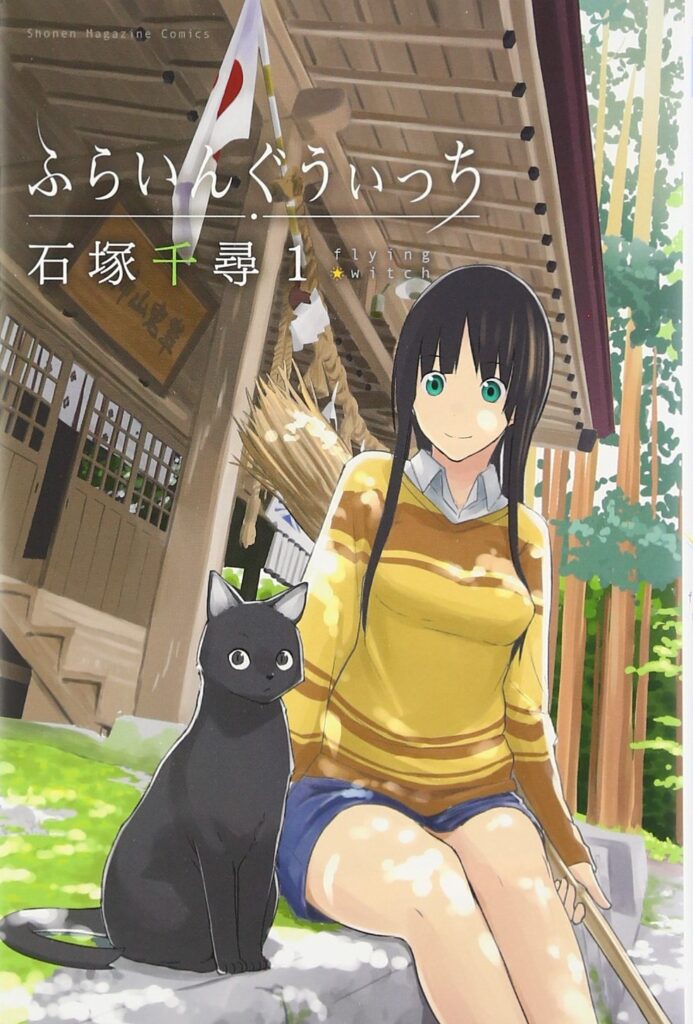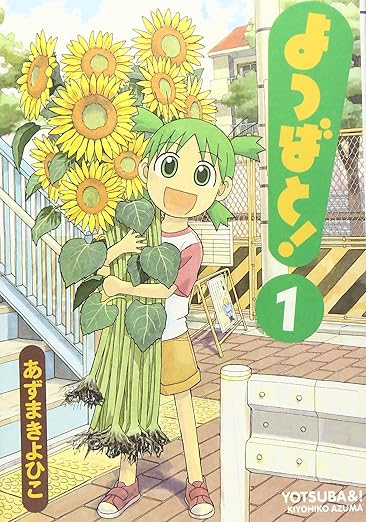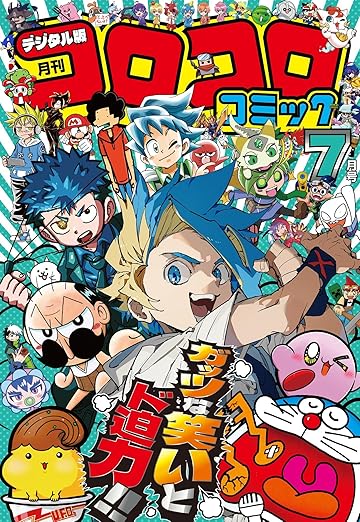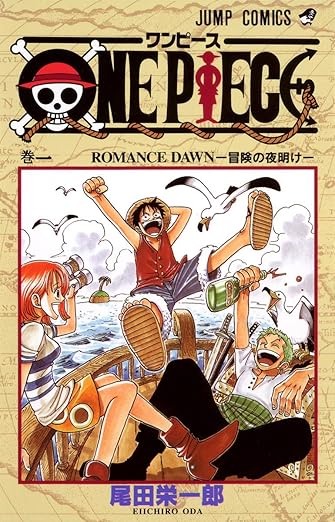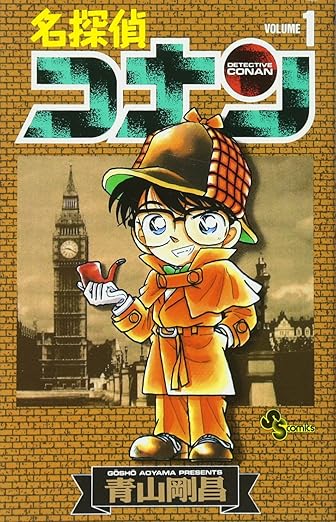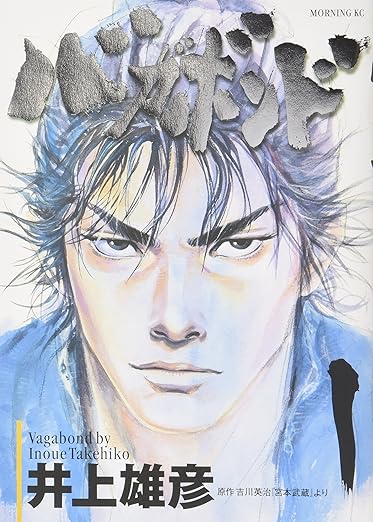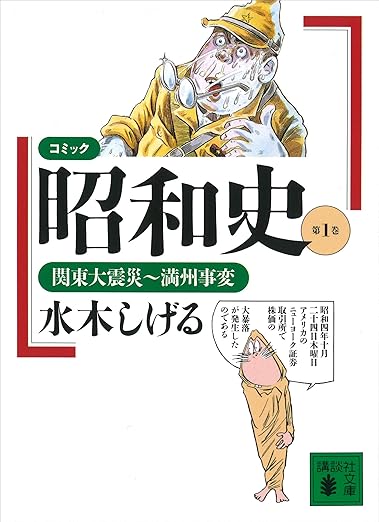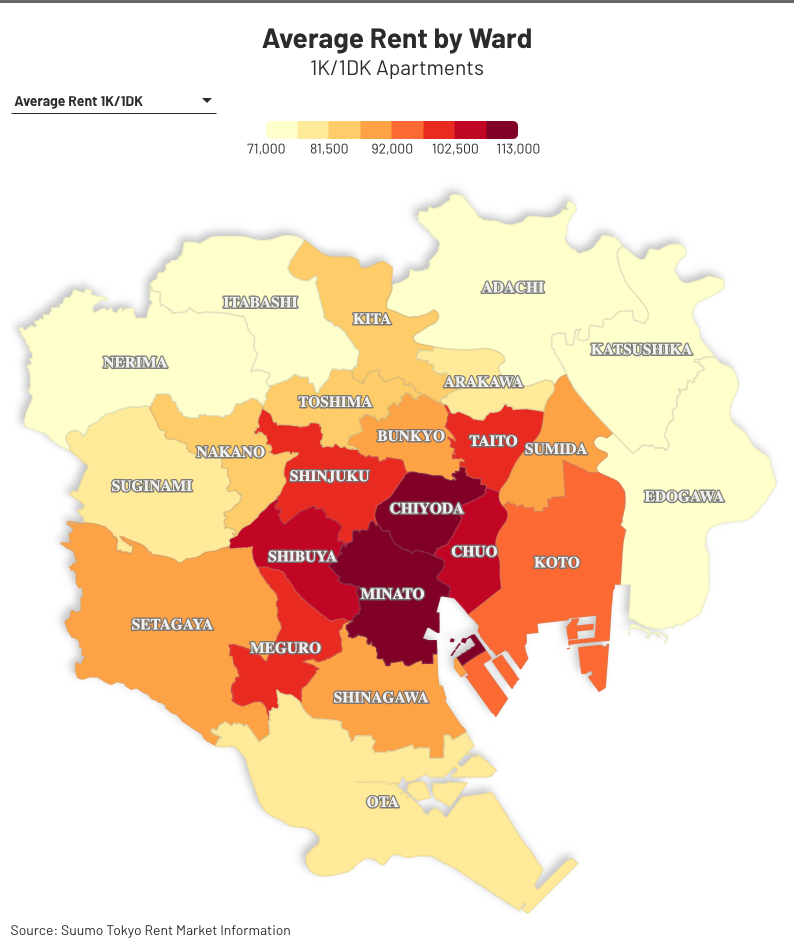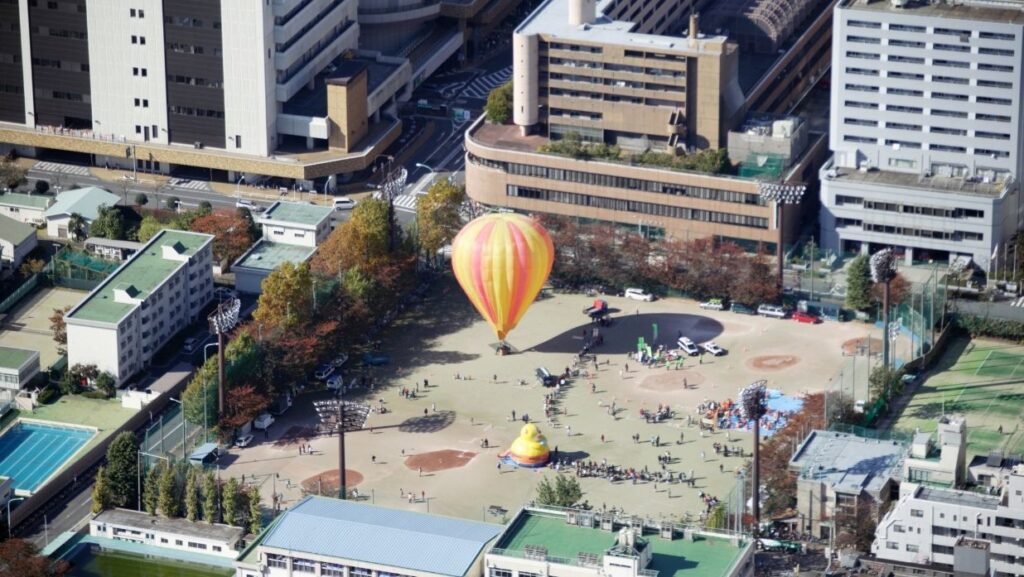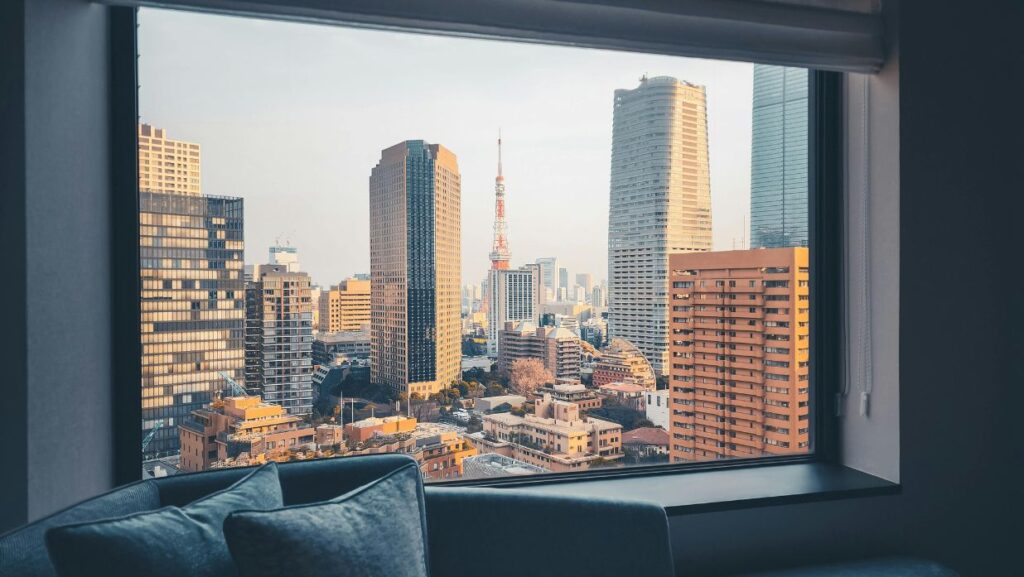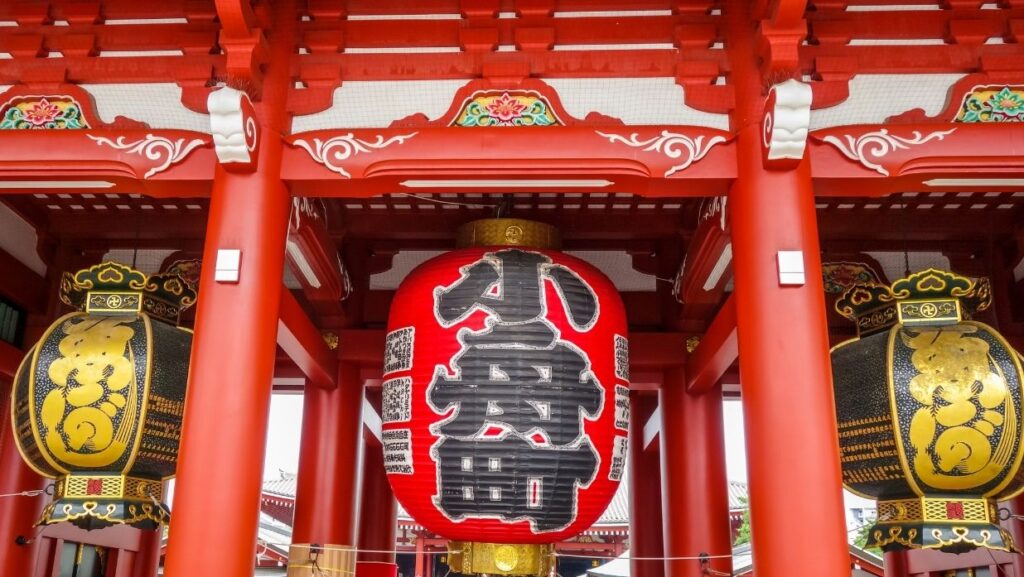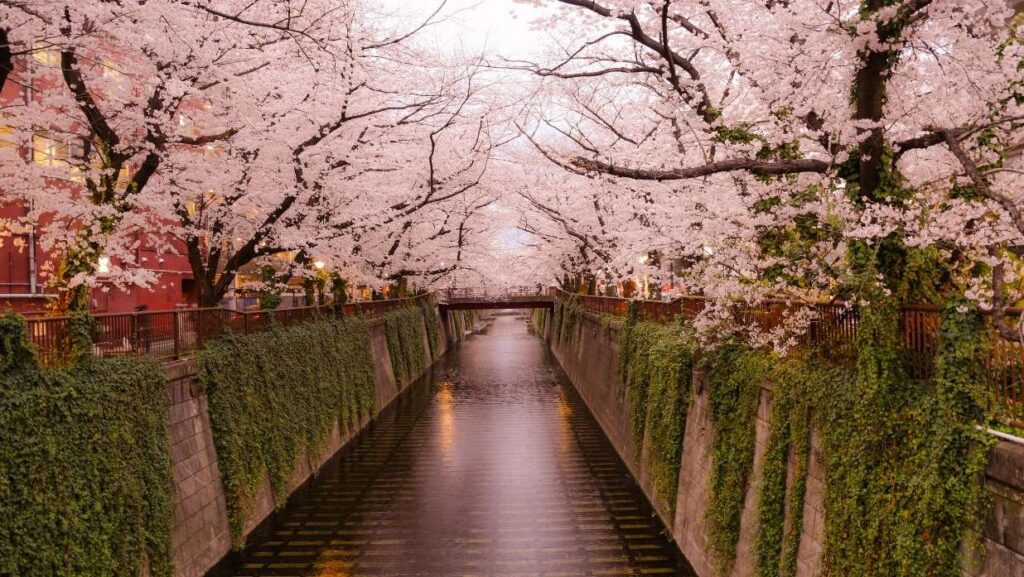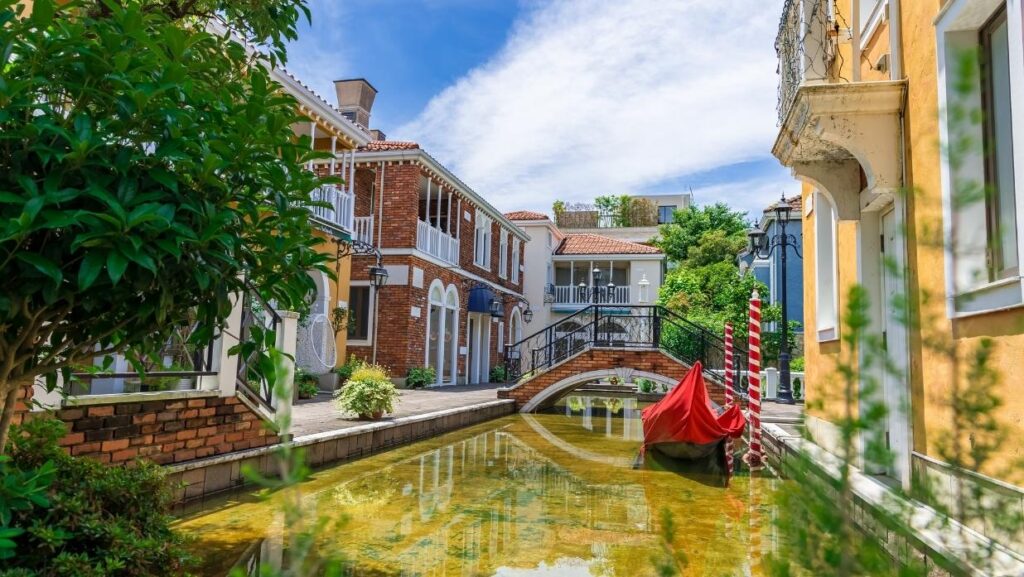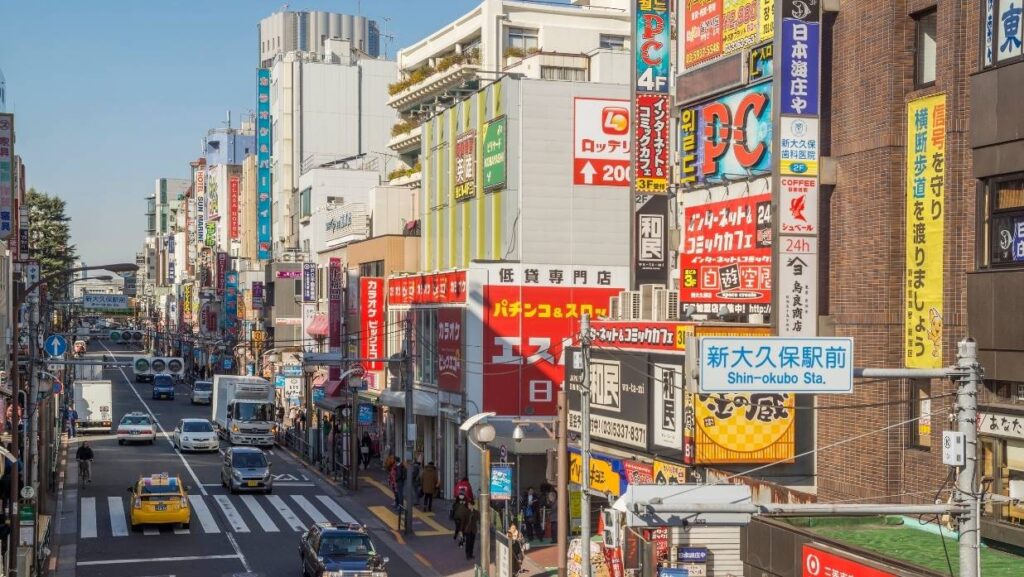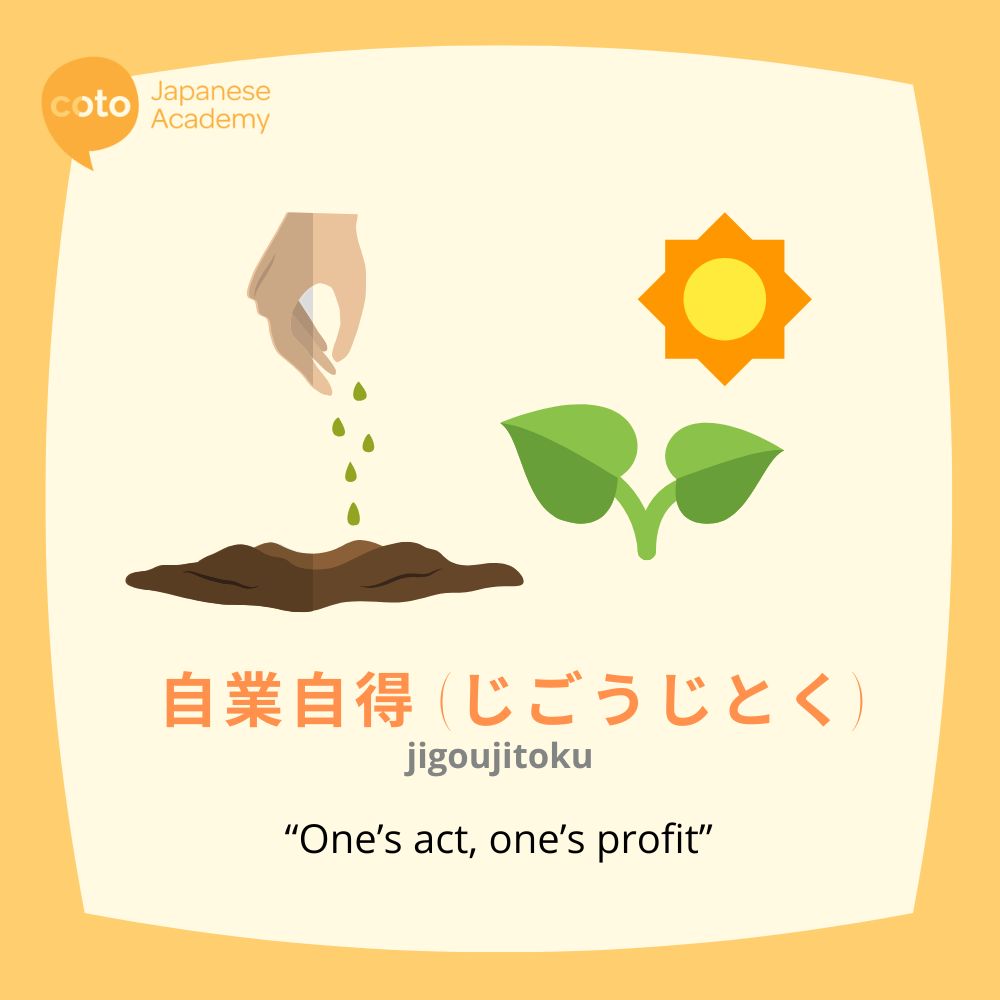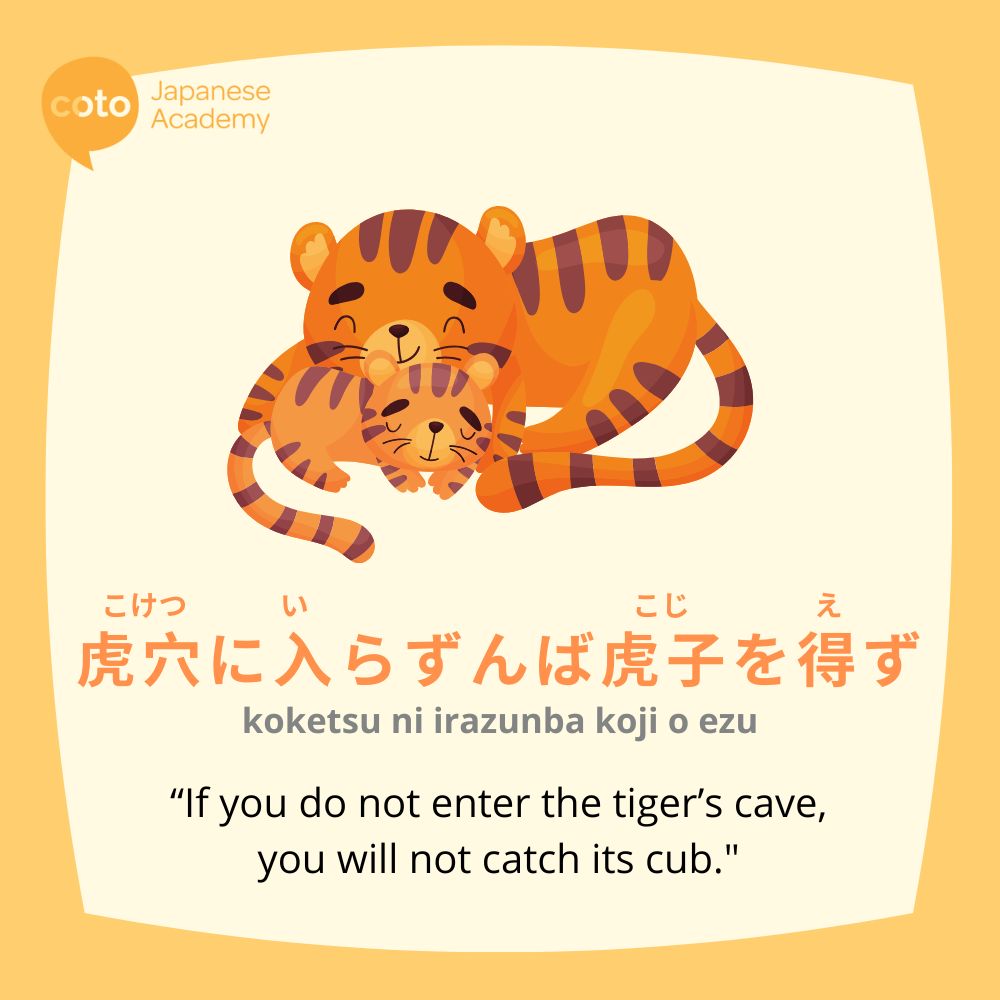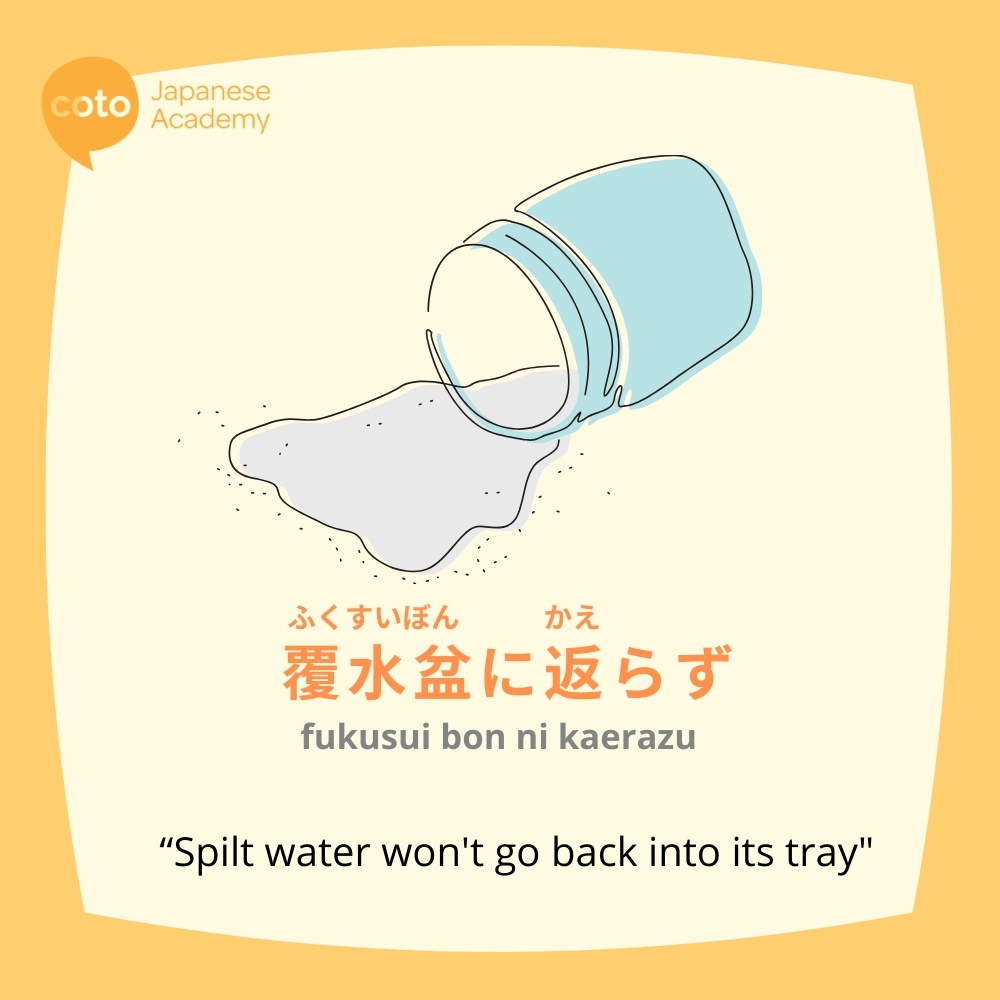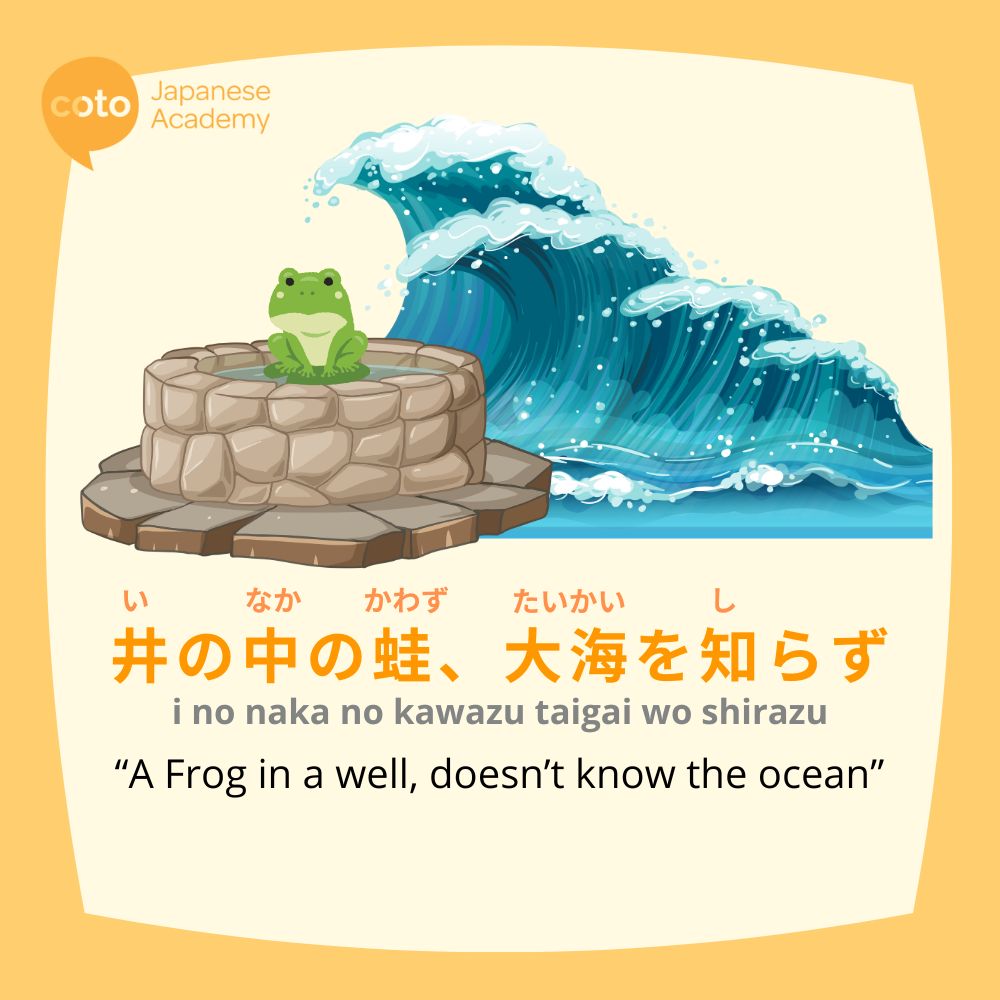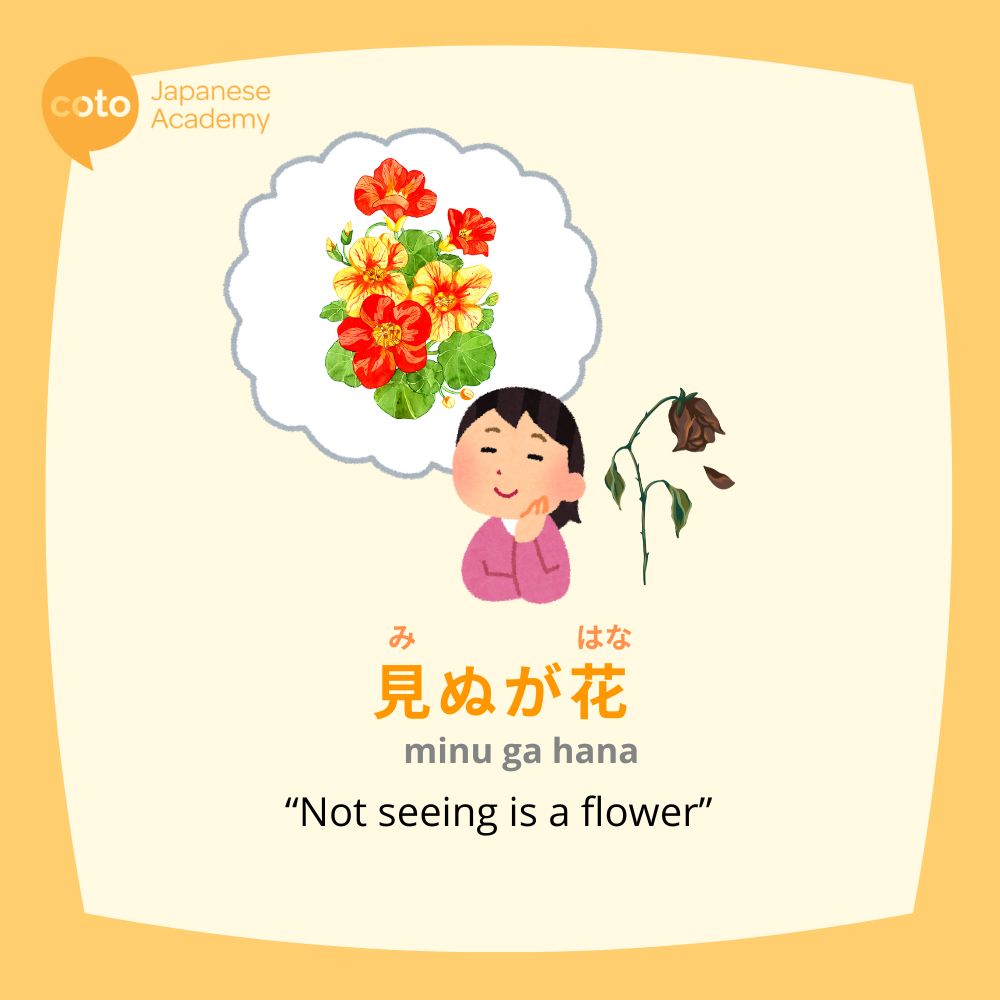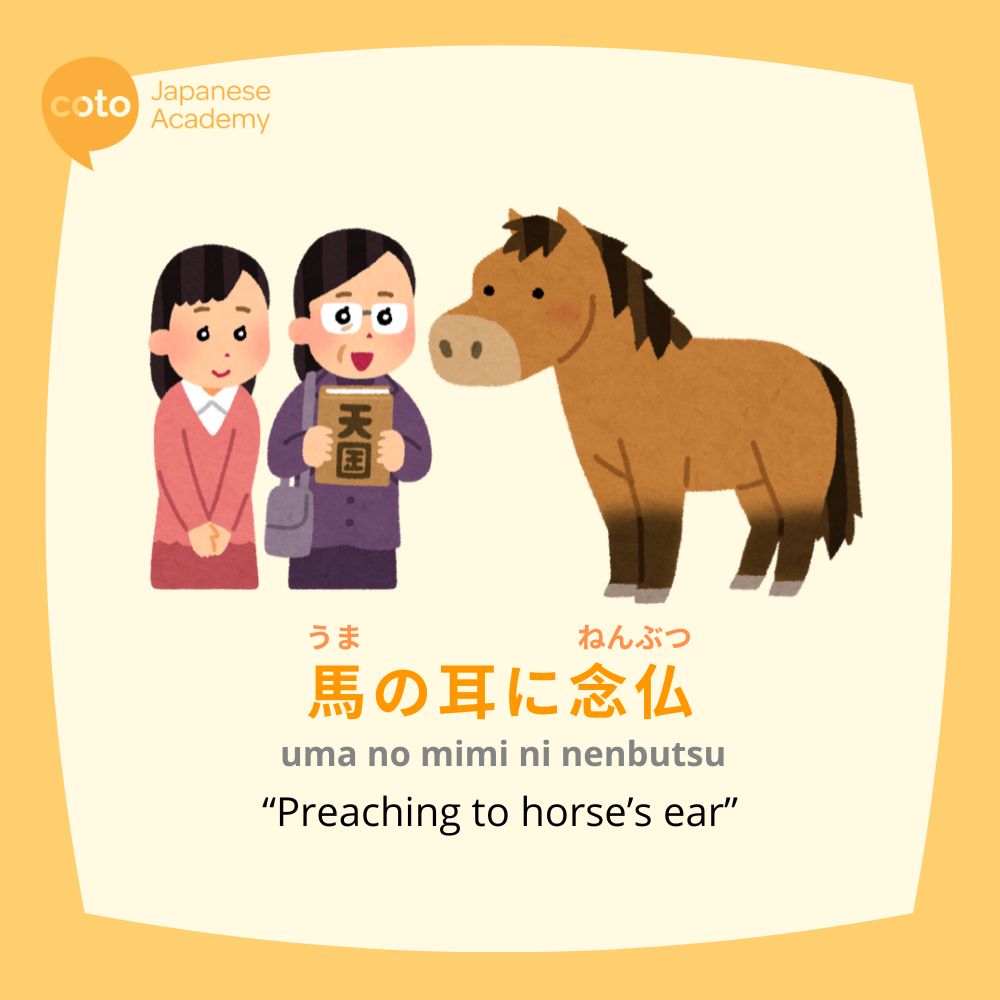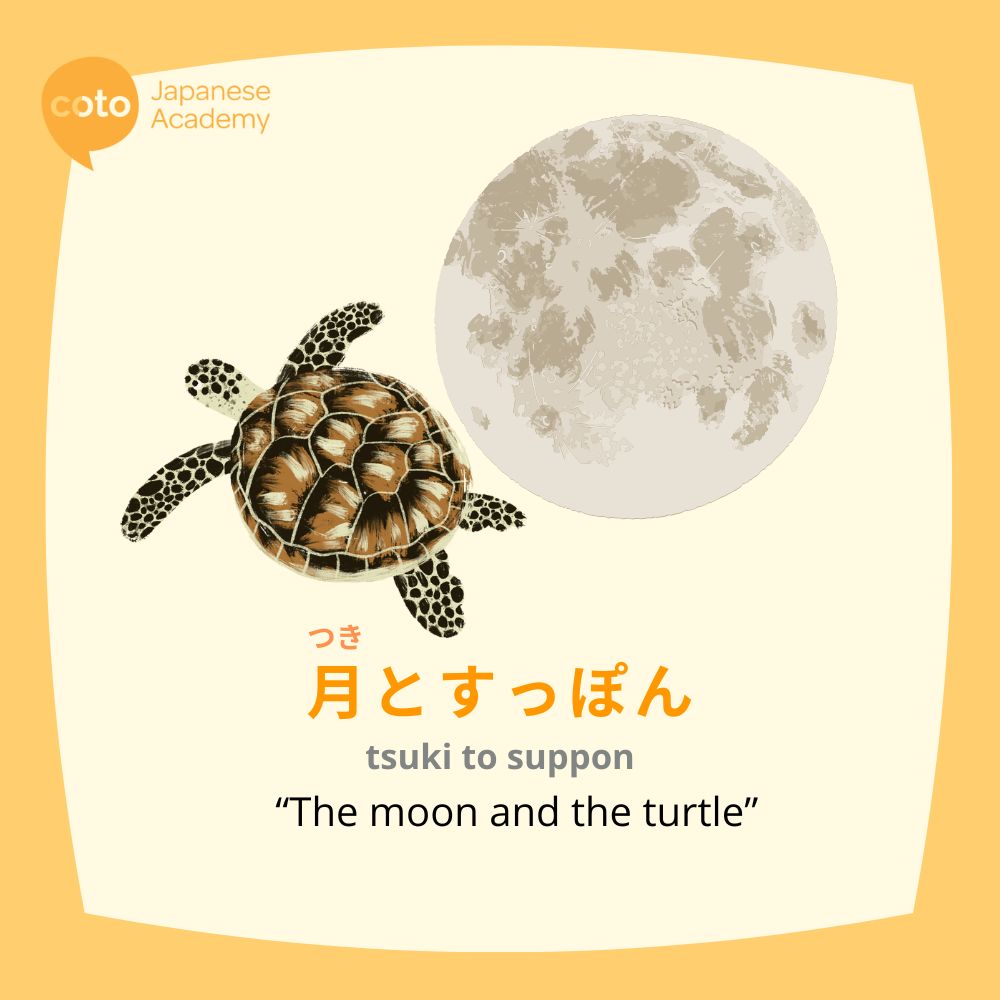Introduction:
If you’re planning a trip to Tokyo, you’ll likely be landing at either Haneda Airport or Narita Airport, the two main gateways to Japan’s bustling capital. Of the two of them, Haneda Airport is far more centrally located to Tokyo and is often the preferred choice for many travellers. Narita, on the other hand, is located quite far from central Tokyo, which can make navigating the city far more of a hassle, especially for visitors who are already combating the jet lag and fatigue from their flights.
In this article, we will have an in-depth look at all the transportation options available to reach Tokyo from Haneda Airport, ranging from trains, shuttles, and taxis, so that you can determine which option is best for you and your needs.
Overview of Haneda Airport
Haneda Airport is located in the Ota Ward of Tokyo and is situated 15 kilometers from Central Tokyo, making it a far more convenient choice than Narita Airport, which is 66 kilometers away from the center.
The only drawback to choosing Haneda Airport is that airplane tickets tend to be more expensive than those arriving at Narita. However, taking into account transportation costs, the total price of flying into the two airports can be quite comparable. Haneda is also situated almost perfectly in between Tokyo and Yokohama, allowing travellers easy access to both cities.
Haneda Airport Terminals
There are three main terminals in Haneda Airport. Haneda Airport’s first terminal is used for domestic flights within Japan. The second terminal handles predominantly domestic flights with a few international flight exceptions. The third terminal is the main terminal for the vast majority of international flights.
If you are flying to Japan from abroad, chances are you will most likely arrive and depart from Haneda Airport Terminal 3.
If you need to connect to a different terminal, there is a free shuttle bus that connects all three terminals together and runs frequently. Terminal 1 and Terminal 2 are also directly connected via an underground walkway, making any connections hassle-free.
Travellers can also use the train to reach other terminals (either the Tokyo Monorail or the Keikyu Line). The trip takes approximately 4 minutes and is free for travellers who are in the process of transferring planes. All you have to do is show your passport and plane ticket to the information counter to get a free pass.
How to Get to Tokyo from Haneda Airport by Train
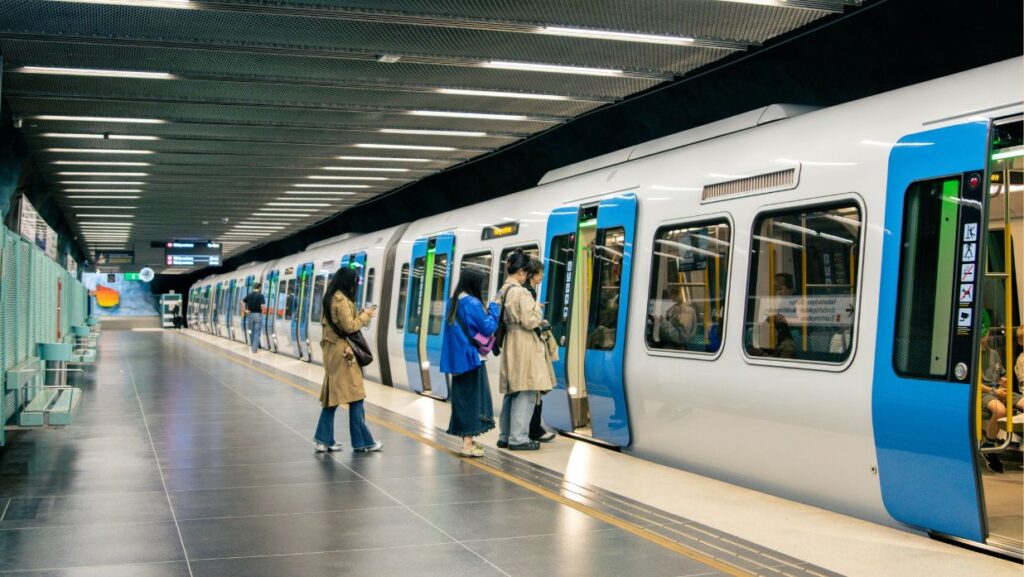
| Pros | Cons |
| Affordable fares | Travellers may not want to stress about station navigation immediately upon landing |
| Fast travel time | Can be difficult for travellers carrying a lot of luggage |
| Well-designed system that covers all of the Tokyo area | Potential accessibility issues in some locations |
| Convenient | Crowded during peak hours |
To travel from Haneda Airport to the center of Tokyo, many people choose to take the train, which is a fast and convenient option for travellers.
From Haneda Airport, it takes around 20 minutes to reach Tokyo Station, 40 minutes to reach Shinjuku, 38 minutes to reach Shibuya, 26 minutes to reach Akihabara, and a little over an hour to reach Tokyo DisneySea.
Having a Suica card is essential when visiting Tokyo, regardless of whether or not you are entering the city via train from the airport. This card will allow you to navigate the Tokyo train with ease and make paying for train fare smooth and simple. You can choose to purchase a Suica card at their vending machines located at major stations, including Haneda Airport and JR East stations. However, you will see most locals simply use their phones to pay for their train tickets.
Downloading Your IC Card to Your Phone
If you have an iPhone, you can simply go to your Apple Wallet and select the Suica card under the “Express Transit Card” section. This will add your Suica card to Apple Wallet, eliminating the need for a physical card and making travel far more convenient. Additionally, you can add more funds to the card whenever you want and have them be directly deposited onto your card within seconds.
If you are an Android user, the process is a little more complex. Users will have to download the Suica mobile app; however, this app is designed for those already living in Japan and who have a Japanese address and phone number. If you are an Android user, the easiest solution will be to purchase a physical card and periodically add funds to it at a ticket machine, a convenience store (7-Eleven, Lawson, Family Mart), or at an ATM that displays a Suica logo.
Going to Different Areas in Tokyo by Train
Once you have successfully obtained your Suica card via one of these methods, the ride into Tokyo will be painless and efficient. However, there are still factors to consider before deciding whether or not using the train to get into Tokyo from Haneda is the right decision for you and your needs.
It is worth noting that many train stations in Tokyo, particularly major hubs such as Shibuya and Shinjuku, are massive in terms of size and can initially be a challenge to navigate for new tourists. There are also many stairs in these stations, and while elevators are often available, they can be cramped, crowded, and not always conveniently located.
For travellers carrying many pieces of luggage, bags, or who are simply fatigued from their long journey, taking the train may not be the best option. On the other hand, the efficiency of Tokyo’s train system is unparalleled, and it is very affordable. Fares from Haneda to major tourist destinations are as follows:
| Destination | Fare (¥) |
| Shibuya | ¥730 |
| Shinjuku | ¥730 |
| Tokyo Station | ¥505 |
| Ueno | ¥700 |
| Shinagawa | ¥330 |
| Ginza | ¥550 |
| Akihabara | ¥690 |
| Tokyo DisneySea | ¥1,300 |
As you can see, using the train is a budget-friendly option and will ensure a fast trip to any destination within Tokyo due to the well-organized design of the train and its many lines that reach neighborhoods far and wide.
Want to become a pro at navigating Japan’s vast public transport network before you arrive in the city? Check out our article detailing everything you need to know about Japanese transportation.
Getting to Tokyo from Haneda Airport with Airport Limousine Bus

| Pros | Cons |
| Affordable fares | Potential traffic delays |
| Guaranteed seating options | Limited seating capacity |
| Luggage storage and baggage assistance | Less destinations than trains, especially for less touristy areas |
| Complimentary Wi-Fi | Late-night services are not available |
| Restrooms available |
Another option to travel from Haneda to Tokyo is via an Airport Limousine Bus. This option is great if you wish to avoid the potentially jam-packed trains during peak hours or if you want more personal space for yourself and your luggage.
The bus routes cover many tourist areas in Tokyo, including Shibuya, Shinjuku, Ikebukuro, Tokyo, Asakusa, and Odaiba. Check out the full timetable for different areas here.
Before booking tickets, ensure that your accommodation is within a reasonable distance of the locations covered by the airport limousine bus, as its reach is not as all-encompassing as the Tokyo metro. With that being said, if you are staying in a hot spot that is filled with hotels, it is guaranteed that the bus will make stops there. You can check the list of stops for the Airport Limousine Bus from Haneda Airport here.
Tickets can be purchased at the Airport Limousine Bus counter at the airport. You can even pay them immediately on the bus if you use an IC card. The prices departing from Haneda Airport to popular tourist destinations are as follows:
| Destination | Approx. Fare (¥) |
| Shibuya | ¥1,300 |
| Shinjuku | ¥1,400 |
| Tokyo Station | ¥1,200 |
| Ueno | ¥1,050 |
| Shinagawa | ¥500–1,000 |
| Ginza | ¥1,100 |
| Akihabara | ¥1,100 |
| Tokyo DisneySea | ¥1,300+ |
The airport bus limousine is a slightly more expensive option than the train, but the difference is definitely not a huge one. If you are staying at a popular hotel, the bus may very likely have that hotel on its route for an immediate drop-off that places guests directly in front of their accommodation.
There is also more leeway for those with larger luggage or with a greater quantity of baggage, as the storage areas are more accommodating than those on the train. In addition to the space, there is also the option for bus staff to assist you with your luggage, which is a helpful bonus for those lugging around more baggage. There is also complimentary Wi-Fi provided, as well as restrooms and sinks on board the bus.
Keep in mind that the bus is at the mercy of traffic flow, with the travel time it will take to reach your desired location potentially vary drastically depending on the time of day. Additionally, a reservation may be required as spots are limited on these buses.
How to Get to Tokyo: Taxi/Ride Share

| Pros | Cons |
| Best option in terms of comfort levels | Much more expensive than the train and bus |
| Driver handles everything; no need for transfers or self-navigation | Travel time depends heavily on traffic |
| Most area for legroom and luggage storage | It can take a while to receive one if called during peak times |
| Several apps to choose from, including set payment options |
If comfort is priority above all else, then choosing a taxi or ride share service is your best bet when travelling from Haneda Airport to Tokyo. On average, here are the ride-share costs to reach major destinations in Tokyo from Haneda:
| Destination | Approx. Fare (¥) |
| Shibuya | ~¥9,000 |
| Shinjuku | ~¥9,500 |
| Tokyo Station | ~¥7,200 |
| Ueno | ~¥9,700 |
| Shinagawa | ~¥6,100 |
| Ginza | ~¥8,300 |
| Akihabara | ~¥8,200 |
| Tokyo DisneySea | ~¥12,000 |
As you can see, the costs for hiring a ride share service are higher than taking the train or the airport limousine bus. However, the comfort factor is definitely the highest out of all the transport options available.
Travellers have a variety of apps to choose from when calling a chauffeur, including traditional metered taxi cabs such as GO or DiDi, or calling an Uber.
- GO
Of the two, GO typically has more availability across Japan, with the service being provided in 45 out of 47 prefectures across the country. GO also has English support and the ability to track a taxi’s live location.
- DiDi
DiDi has many of the same features as GO, including English support, a cashless payment system, and even upfront payment options, which resemble Uber’s model. However, DiDi is usually more limited to only major cities and can be less accessible outside of urban hubs.
- Uber
Uberworks slightly differently in Japan. The company does not use everyday people’s personal vehicles to transport passengers; rather, these are official taxi services that operate in partnership with the Uber app. There is also an option to choose metered taxis through Uber, which can potentially save a little bit of money. Regardless, all transactions are handled via the Uber app.
Tips for Getting From Haneda to Tokyo
There are a few tips and tricks that will make navigating Tokyo transportation options much easier and help you prepare for your time in Japan.
1. Download your IC Card ahead of time
As mentioned previously in the train section, having a Suica card is a necessity when using Japanese transportation. There is also a PASMO card, which serves the same purpose as a Suica card and is equally effective in its purpose. PASMO can also be used to pay for train and bus fares, as well as in some convenience stores and vending machines for goods. Similar to Suica, it can be purchased at a ticket vending machine in a train station or can be loaded onto your Apple Wallet for iPhone users.
2. Keep in mind of public transportation schedule
Public transportation in Tokyo is not available 24 hours. The Tokyo trains run roughly from 5 am to midnight every day, with most bus services operating within these hours as well. If you plan on staying out late at night, you will either have to rely on a ride share app, walk, or wait until the first train or bus to get back to your destination.
During operating hours, transportation follows a strict schedule that very rarely sees any delays.
3. Respect the cultural norms
It is also beneficial to learn some transportation etiquette when travelling in Japan. Most importantly, do not cut in line. This applies to waiting in line for a train car, the escalator, the elevator, or scanning your IC card. Allow passengers leaving the car to exit first before you make your way into the train. Additionally, speak quietly when using the train, as speaking too loudly is viewed as disrespectful and inconsiderate to fellow passengers. Moreover, do not discard trash on the train or in train stations.
There are not many public trash cans in Japan, so be prepared to carry around your trash until you get back to your accommodation by either carrying a bag or ensuring you have enough space to put it on your person. Check out our article here at Coto detailing Japanese etiquette and cultural norms for an even deeper dive into this subject.
4. Use luggage delivery service
For those who do not want to carry around heavy luggage, take advantage of takkyubin, a luggage delivery service. This service can transport your bags to your hotel or from the hotel to the airport.
In order to do the prior, there are counters for Yamato Transport and Sagawa Express, two couriers which offer this service, in all three terminals at Haneda. If you want to send luggage to the airport, you can let your hotel know at least 2 days in advance and they can assist you in filling out the necessary form.
There are also options to fill out this form and drop off luggage at convenience stores, and your luggage can be picked up from there. Similarly, this should be completed at least a few days before your flight to ensure everything goes smoothly.
Which One Should I Choose to Get from Haneda to Tokyo?
Now that we have covered each transportation option to get to Tokyo, it’s time to decide which one is best for you. The answer ultimately comes down to what you prioritize.
If affordability is what is most important, then the train is the winner. With its unbeatable fare prices and stations around almost every corner, it is not only affordable but incredibly efficient.
If you are staying somewhere centrally-located and are willing to spend a little bit more and enjoy some of the amenities, then choosing the airport limousine bus is the right option for you.
If comfort and convenience are at the top of your priorities, then opting for a taxi or ride share service is the way to go. Nothing beats sitting in a private, peaceful vehicle and having your baggage taken care of after a long flight; but of course, this is the most expensive option out of all of these.
Ever wondered what all the road signs in Japan mean as you ride around in Tokyo? Feel free to check out our article about road signs in Japan to get a feel for what the driving scene here is like.
Travel Easily Around Japan by Learning Japanese!
There are many options for getting into Tokyo from Haneda Airport, so choosing the one that best fits your needs is important when traveling around the city. At Coto Academy, we understand that navigating a new city can be daunting, especially when you don’t speak the language.
To make travel in Japan easier and more productive, study Japanese at Coto Academy in Tokyo and Yokohama. With our Japanese courses, you’ll be able to get around Tokyo with ease and communicate confidently!
As a conversation-focused language school, Coto helps you build practical Japanese skills for real-life situations. Our friendly native teachers offer lessons that enable you to speak naturally and confidently while managing travel arrangements, sightseeing, and daily interactions.
Why join Coto Academy?
- Small classrooms with only up to 8 students for personalized support
- Professional native Japanese teachers, all trained to help you succeed
- Over 60 different Japanese classes across 18 levels, tailored to your needs
- School locations in Shibuya, Minato, Iidabashi, and Yokohama, plus a fully online Japanese language school, so that you can learn anywhere, anytime!
Ready to join? Contact us below, and our friendly staff will get back to you to help you get started!
FAQ:
How do I get from Haneda Airport to Tokyo?
There are several options people can choose from to reach Tokyo from Haneda. There is the metro option, which provides a quick and affordable way into nearly every part of the city. Another is the airport limousine bus, which allows for a more comfortable and stress-free experience that costs just a little bit more than the metro. You can also take a taxi or ride share service, which is by far the most relaxing and convenient option, but also the most expensive.
Is there a free shuttle at Haneda Airport?
Yes, there are free shuttles taking travellers between the three terminals at Haneda Airport. Additionally, hotels that are located nearby the airport usually offer complimentary shuttles for guests to reach the airport.
How much is the train from Haneda to Tokyo?
How much a train will cost to reach Tokyo from Haneda depends on where in Tokyo you will be staying. On average, the price usually falls in the ballpark of ¥300 to ¥1,500 depending on distance.
What metro line is Haneda Airport on?
Haneda Airport is on the Keikyu Line and the Tokyo Monorail Line.
Is it better to go to Narita or Haneda?
It is better to go to Haneda Airport due to the location being much closer to central Tokyo than Haneda. While tickets into Haneda are typically more expensive, the transportation costs from Narita can potentially even out the playing field. In general, most travellers find Haneda to be far more desirable to fly into than Narita.
